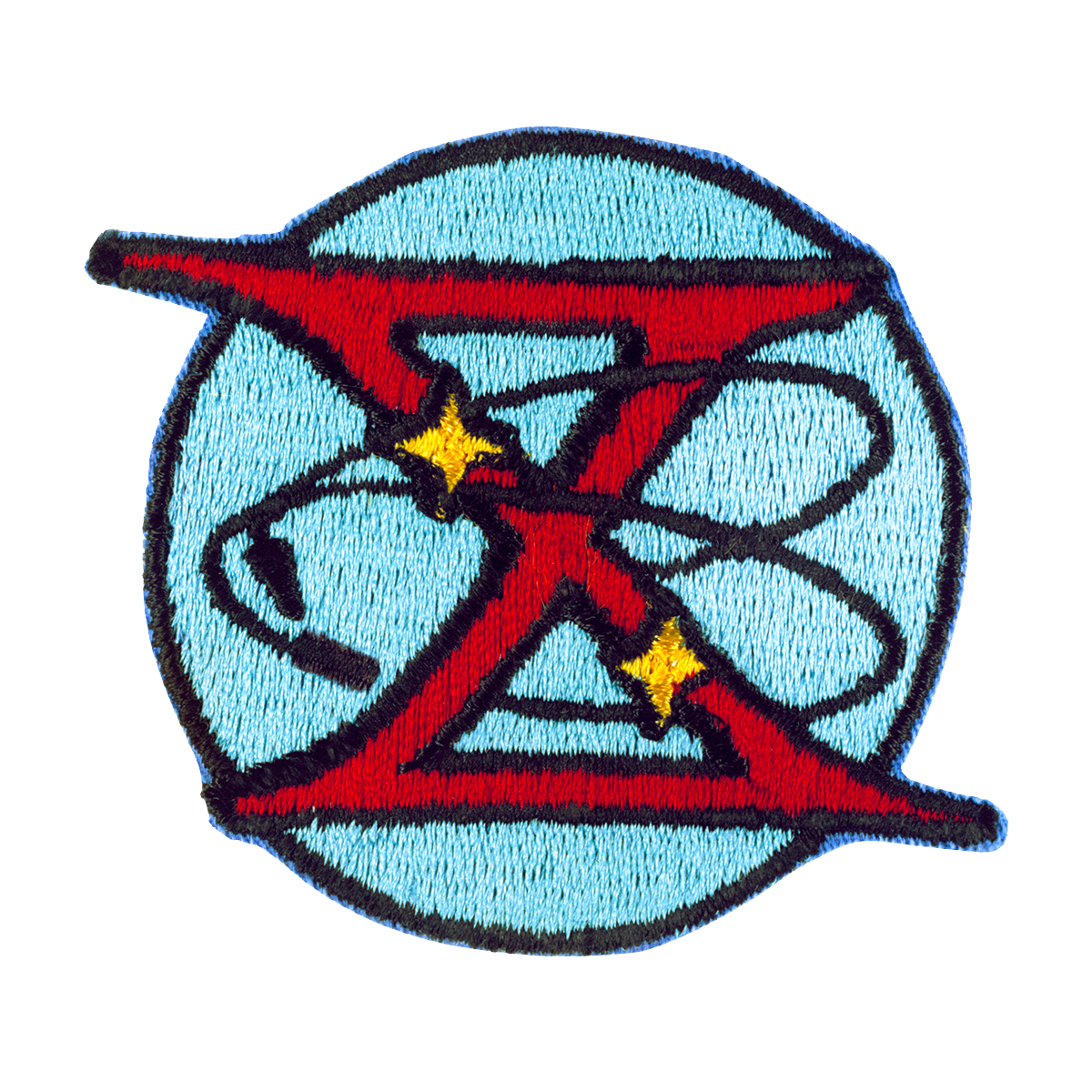CANCEL

Gemini 10
Launch Date
July 18, 1966
Craft
Gemini
Status
Past
Crew
2

Gemini 10
Launch Date
July 18, 1966
Craft
Gemini
Status
Past
Crew
2
Overview
This flight marked the first double-rendezvous in human spaceflight history, the first time a person met another spacecraft in space, the first U.S. mission to significantly raise its orbit higher than any human had ever been, and the first time a human spacecraft used a target vehicle's engine to change its orbit and control its orientation. The flight launched 100 minutes after its Agena target vehicle and docked to it 6 hours later. The crew then used the Agena's engine to raise their orbit from 272 km to 763 km -- the highest a human flight had gone to that point. The next day, they made two burns with the Agena to get into the correct orbit to rendezvous with another Agena that had been part of Gemini 8. Collins performed a spacewalk to photograph stars, sunrise, and the Gemini capsule. The crew rendezvoused with the second Agena and Collins performed a second spacewalk to retrieve a micrometeorite collector from the Agena.
Crafts

Gemini
Gemini was a two-person spacecraft designed to prove technologies and procedures for the Apollo lunar landings. Crews proved rendezvous and docking as well as transfer from one ship to another via spacewalk were possible. Gemini demonstrated that humans could live and work in space for the length of time needed for a lunar flight.











